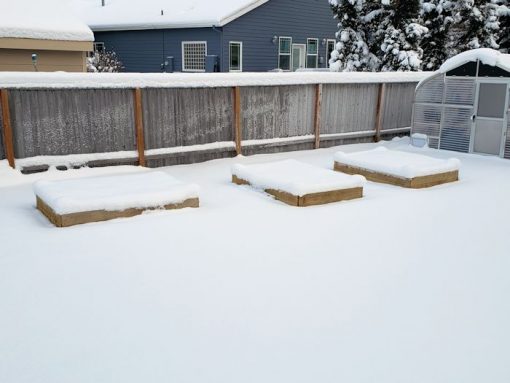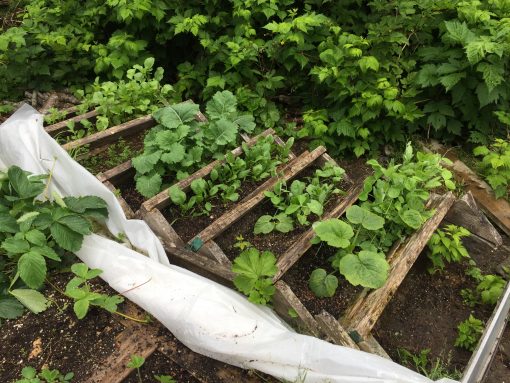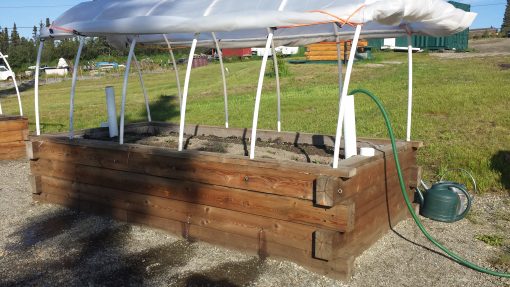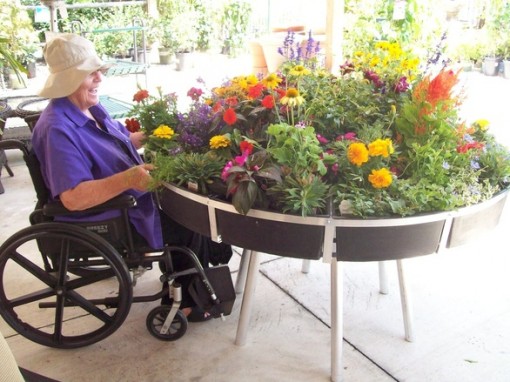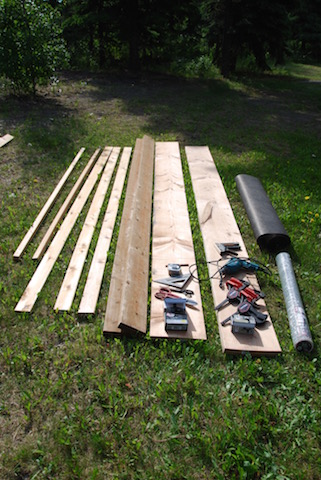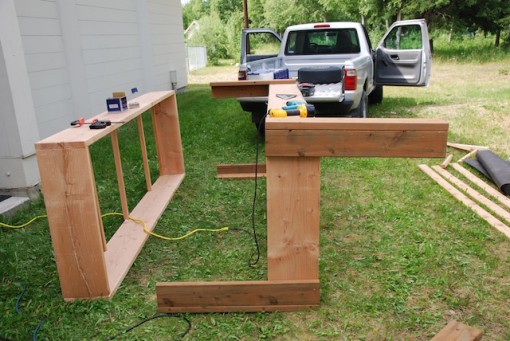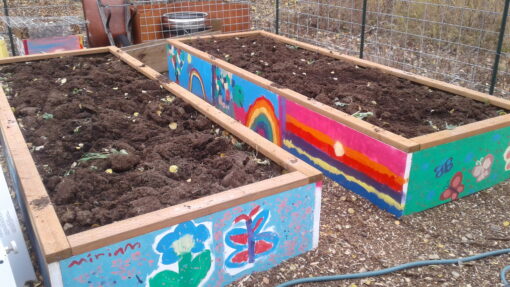
Many people love the joys that come with gardening. Are you one of them? Think about how many gardens you’ve seen in your life and what they looked like. A little four foot by four-foot box, a 2000 square foot in ground garden with perfectly spaced rows, hydroponic setups, or raised beds perfectly lined up it looks like a surveyor laid out the beds. Any way you look at it, people build their gardens to their satisfaction and that’s what makes every garden out there the right design. If it Read More …
